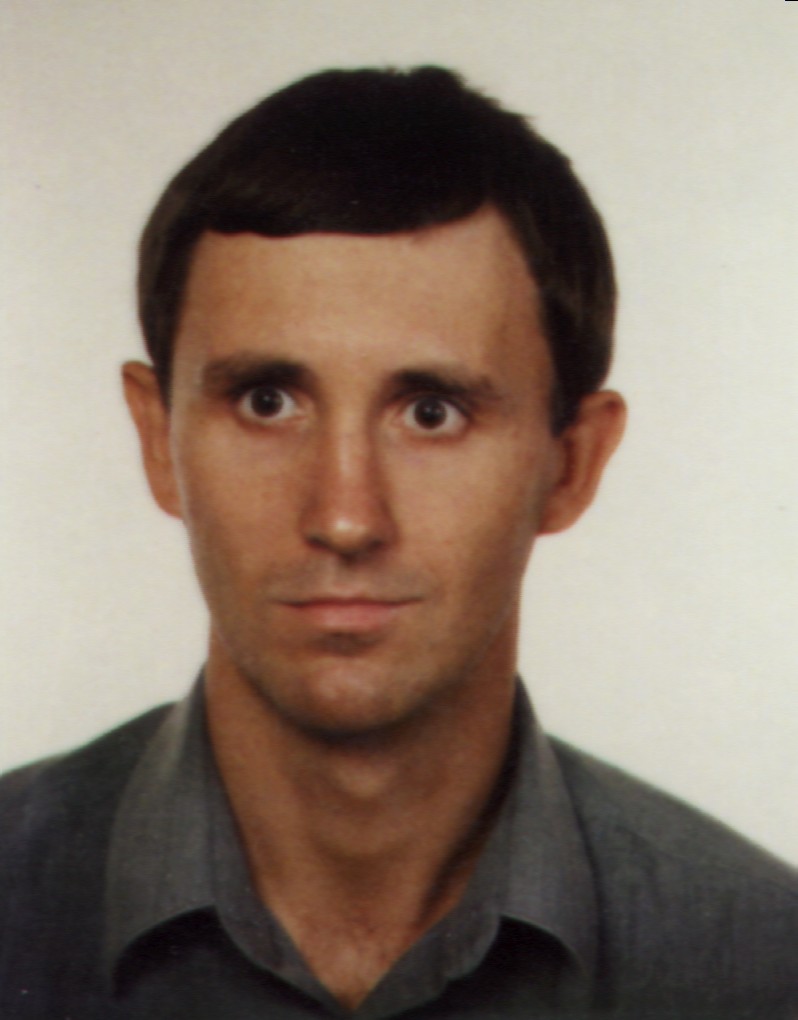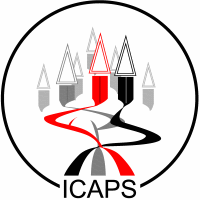|
|
Tutorial 2. Constraint Satisfaction for Planning and Scheduling
Topic
The tutorial introduces to constraint satisfaction technology with
emphasis to its applications in planning and scheduling. It gives a
brief survey of constraint satisfaction in general, including
description of mainstream solving techniques, i.e., constraint
propagation combined with search. Then, it focuses to specific time
and resource constraints and to search techniques and heuristics
useful in planning and scheduling. Last but not least, the basic
approaches to constraint modelling for planning and scheduling
problems are presented. As the current planning and scheduling
technologies are coming together by assuming time and resource
constraints in planning or by allowing introduction of new activities
during scheduling, the role of constraint satisfaction as the bridging
technology is increasing and so it is important for researchers in
these areas to understand the underlying principles and techniques.
Intended Audience
The tutorial is targeted to a broad planning and scheduling community,
in particular to those who are not familiar with details of constraint
satisfaction technology. The audience will take away a basic
understanding of how constraints work with more details on special
constraints for planning and scheduling. No prior knowledge of
constraint satisfaction is required.
Presenter Information
 |
Roman Barták
works as an assistant professor and a researcher at Charles
University, Prague (Czech Republic). Dr. Barták leads the Constraint &
Logic Programming Research Group that is involved in activities of
the ERCIM Working Group on Constraints, PLANET II and
CologNet. Since 1999 he led research activities of Visopt BV, a
multinational company located in The Netherlands, Israel, Germany,
and the Czech Republic. He is the main architect of the scheduling
engine being developed by this company. His work focuses on
techniques of constraint satisfaction and their application to
planning and scheduling. Since 1998 he is teaching a course on
Constraint Programming at Charles University, he had several
tutorials on CP at conferences and summer schools and he is an
author of the On-line Guide to Constraint Programming. |
Tutorial 1
Tutorial 2
Tutorial 3
Tutorial 4
Tutorial 5
|
|

